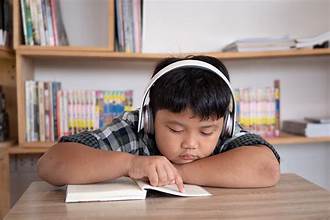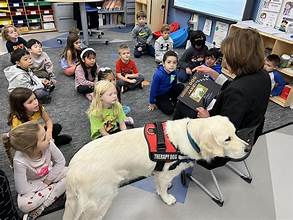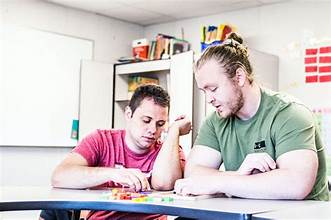Supporting Your Child for Success
School can be challenging for children with ADHD or learning disabilities. The right accommodations help them access the curriculum, stay focused, and build confidence — rather than struggle in an environment not designed for their needs.
Accommodations can be provided through an IEP or 504 Plan, and in some cases, may include service or therapy animals to support attention, emotional regulation, or anxiety management.
1. Extended Time on Assignments and Tests
- Helps children who process information more slowly or struggle with attention.
- This accommodation not only prevents frustration and reduces test anxiety but also provides a sense of relief and comfort, knowing that your child has the time they need to demonstrate their knowledge.
- Often used in combination with quiet testing environments or breaks.
Tip: Ask for clear time limits and check-ins so your child knows how to pace themselves.
2. Preferential Seating
- Sitting near the teacher or away from distractions can improve focus.
- Can be paired with visual aids or step-by-step instructions for easier comprehension.
Example: A child with ADHD may benefit from front-row seating to reduce visual distractions and get quick clarifications.
3. Chunked or Modified Assignments
- Breaking assignments into smaller, manageable steps makes tasks less overwhelming.
- Helps children with working memory challenges or processing delays.
- Teachers can provide checklists or progress trackers to monitor student progress and completion.
4. Assistive Technology

- Tools like speech-to-text software, audiobooks, or organizational apps can make learning more accessible.
- These tools not only encourage independence but also instill a sense of hope, knowing that your child can overcome reading or writing difficulties with the proper support.
- Examples include text-to-speech apps or digital organizers for homework planning.
5. Movement and Sensory Breaks
- Allows children to expend energy and return to tasks with improved focus.
- Can include scheduled movement breaks, fidget tools, or sensory corners in the classroom.
- Supports children who struggle with hyperactivity or sensory processing challenges.
6. Service or Therapy Animals

- Animals will provide emotional support, reduce anxiety, and offer focused assistance.
- Can be incorporated into either a 504 Plan or an IEP when needed for educational access.
- These animals ensure that your child feels safe, calm, and ready to participate in class activities, providing a sense of security and peace of mind.
7. Reduced Homework Load or Adjusted Assignments
- Ensures children master concepts without being overwhelmed.
- Focuses on quality over quantity, offering accommodations such as alternative projects or oral presentations.
8. Social Skills and Peer Support

- Small group instruction or peer buddies can improve social engagement.
- Supports children struggling with friendships, collaboration, or communication.
- Often included as part of a related service in an IEP or as a 504 accommodation.
Final Thoughts
Every child with ADHD or a learning disability is unique, so accommodations should be personalized to their strengths and challenges.
By combining educational strategies, technology, and emotional support — including service animals when appropriate — you can give your child the tools to thrive academically and socially.




